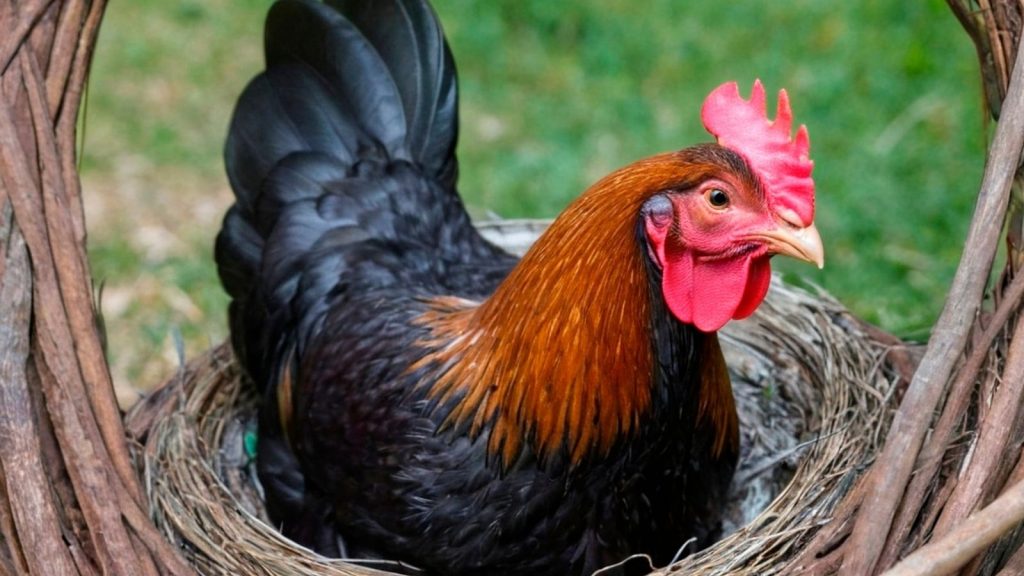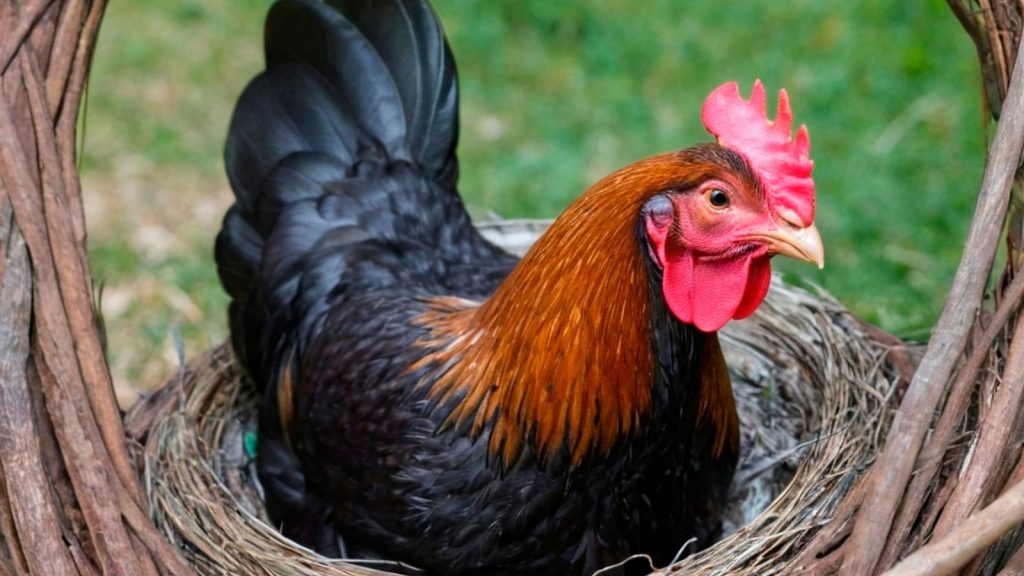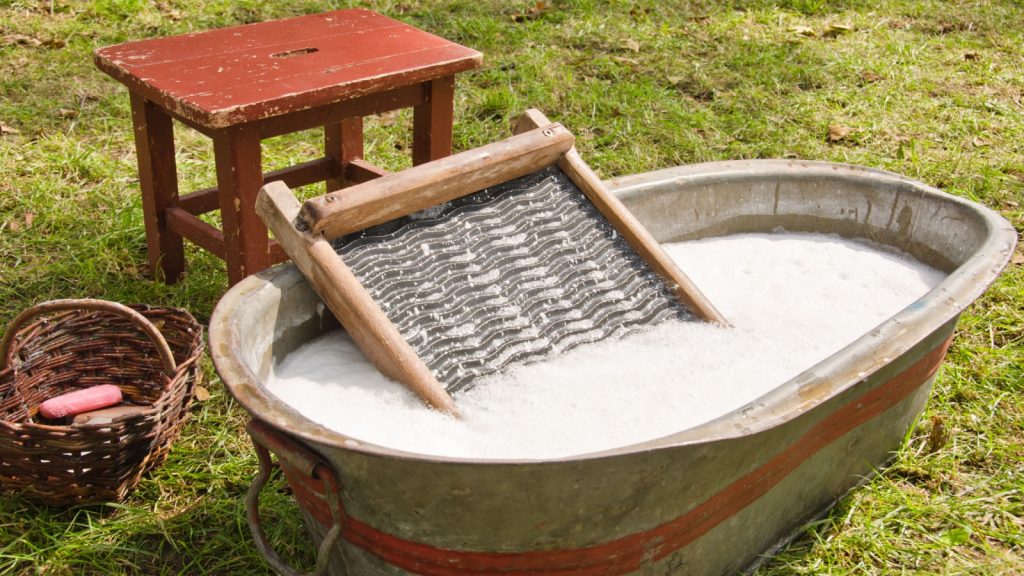If you’ve ever picked up a chocolate-brown egg from a Marans hen, you know there’s something almost magical about it. These aren’t just your average brown eggs—they’re deep, rich masterpieces that can range from copper penny to dark chocolate in color. Every trip to the nesting box feels a bit like a treasure hunt, because you never know exactly what gorgeous shade you’ll find.

But Marans aren’t just about those showstopping eggs. These birds have quite a story to tell, from their origins in western France to becoming one of the most coveted breeds in backyard flocks worldwide. Over generations, dedicated breeders have carefully worked to perfect both the birds themselves—with their distinctive feathered feet and sturdy builds—and those famous dark eggs that make fellow chicken keepers stop in their tracks.
What’s particularly fascinating is how genetics play into those eye-catching egg colors. It’s not just chance that gives us those deep chocolate shells—it’s years of careful selection and breeding, with each generation potentially bringing even richer, darker tones. For chicken enthusiasts and hobby breeders, it’s like having a living art project that also happens to provide breakfast.
Discovering Marans Chickens
Originating in the French port town of Marans, these chickens started as a meat breed. Today, however, they’re famous for their unique eggs—a dark chocolate brown shade that’s hard to beat. Not every Marans lays the exact same colour, and the reasons behind that are fascinating, as we’ll explore later. Their rich history ties them to maritime trade routes, where their gene pool was influenced by imported birds.
Marans developed from feral chickens descended from fighting game birds. Crossbreeding with Croad Langshans improved their meat qualities, giving us the versatile birds we know today. This careful breeding has resulted in a robust bird that performs well in both egg and meat production.
The French Standard of Perfection recognises nine Marans colour varieties: black, black copper, black birchen, black-tailed buff, Columbian, cuckoo, golden cuckoo, wheaten, and white. Other colours, like blue, blue copper, and splash, haven’t yet made it into the standard but are gaining attention among breeders. Each variety has its unique charm, with some particularly prized for their striking plumage.
What Makes Marans Special?
I love marans. They’re lovely birds for beginners, and great for egg production and as meat birds. If I had to choose just one multipurpose chicken breed for my homestead, this would probably be it.
1. Their Impressive Size
Built for their original purpose as meat birds, Marans are solidly built. Hens typically weigh around 7 pounds, while roosters reach about 8.5 pounds. Their sturdy frames also make them more resilient to colder weather, as they carry more body mass to help stay warm.
2. A Calm Temperament
Marans are generally mellow and easy-going. However, their game bird ancestry means roosters can sometimes act territorial, especially around other males. That said, they’re usually well-behaved with people and other chickens, making them a great addition to any flock. Their laid-back nature often makes them easier to integrate into mixed-breed flocks than more aggressive breeds.
3. Egg Production That Shines
Not all Marans lay the deep chocolate-coloured eggs the breed is known for—it depends on their quality. Some hens might lay eggs daily, but the shells could be lighter in colour. Others may produce fewer eggs, but the darker pigmentation makes them worth the wait. For consistent egg colour, it’s essential to source birds from reputable breeders with established, high-quality lines.
4. Dual-Purpose Meat Birds
Marans are as impressive in the kitchen as they are in the coop. With white skin and exceptional meat quality, they’re a practical choice for smallholders. Hens give you gorgeous eggs, and the roosters grow big enough to provide a satisfying meal. Their fast growth rate makes them a convenient option for anyone looking to raise their own food.
Looking After Your Marans
Like all livestock, these lovely chickens do need plenty of care and attention, but they’re not particularly difficult to look after. In fact, if you’re going to start with chickens, then this particular breed is comparatively low-maintenance.
1. Feeding Tips
Feeding Marans is straightforward. Start chicks on chick starter feed until they’re about 10 weeks old. Then switch them to poultry grower feed until they’re around 17–20 weeks and ready for layer feed. Supplementing with oyster shell for calcium and occasional protein-rich treats can help keep your hens healthy and productive.
2. Space and Shelter
Marans are larger birds, so don’t cut corners on space. In the coop, allow at least four square feet per bird to prevent overcrowding, which can lead to feather picking and disease. In a run, aim for 10 square feet per bird. If you have room, Marans thrive as free-range foragers and are alert to predators. Sturdy, predator-proof fencing is vital, as their foraging habits can make them a target.
3. Staying Healthy
These birds are generally hardy with strong immune systems, but their feathered legs can attract parasites like scaly leg mites. Regular checks and good coop hygiene will help keep them pest-free. Keeping their legs clean and dry during muddy or wet seasons can also prevent mite infestations from taking hold.
4. Breeding Challenges
Breeding Marans takes patience and care. The goal is to produce hens that lay consistently dark eggs while maintaining the breed’s proper physical traits. Achieving this balance often involves generations of selective breeding. Careful record-keeping and culling of subpar birds are key to maintaining the integrity of your flock’s traits.
Egg colour can vary throughout the year, often darkening after a hen molts and lightening as the laying season progresses. Some breeders also aim for hens that maintain darker egg shades year-round, but this is no easy feat. The intensity of the brown pigment, called protoporphyrin, is influenced by both genetics and the bird’s overall health.
Be cautious when buying Marans online. Some sellers artificially darken eggs or edit photos to inflate prices. Research breeders carefully to avoid scams and ensure you’re investing in quality stock. Joining breed-specific forums or clubs can help you connect with reputable sources and gain valuable advice.
Similar Breeds to Consider
If you love the idea of dark eggs but aren’t sold on Marans, you might like Welsummers. These birds lay lovely reddish-brown eggs often speckled with darker spots. They’re also slightly smaller than Marans, making them a great choice if space is limited. Their striking feather patterns, known as partridge markings, add visual appeal to any flock.
Did You Know?
An egg colour chart has been developed to help Marans breeders standardise and evaluate egg pigmentation. It’s a handy tool for anyone working to perfect their flock. Using this chart ensures breeders hold themselves to consistent standards, maintaining the breed’s reputation for stunning eggs.
From their gentle personalities to their stunning eggs, Marans are a joy to keep. Whether you’re an experienced breeder or a backyard enthusiast, these birds bring a touch of beauty and intrigue to any coop. Adding them to your flock can elevate both your egg basket and your poultry-keeping experience.
Ellen Reed lives where the road ends and the quiet begins. Her work tends to the tender space between solitude and connection, loss and joy, seed and harvest.
She's an author and journalist. When she's not in her garden, she's drinking tea and playing with her puppy.


